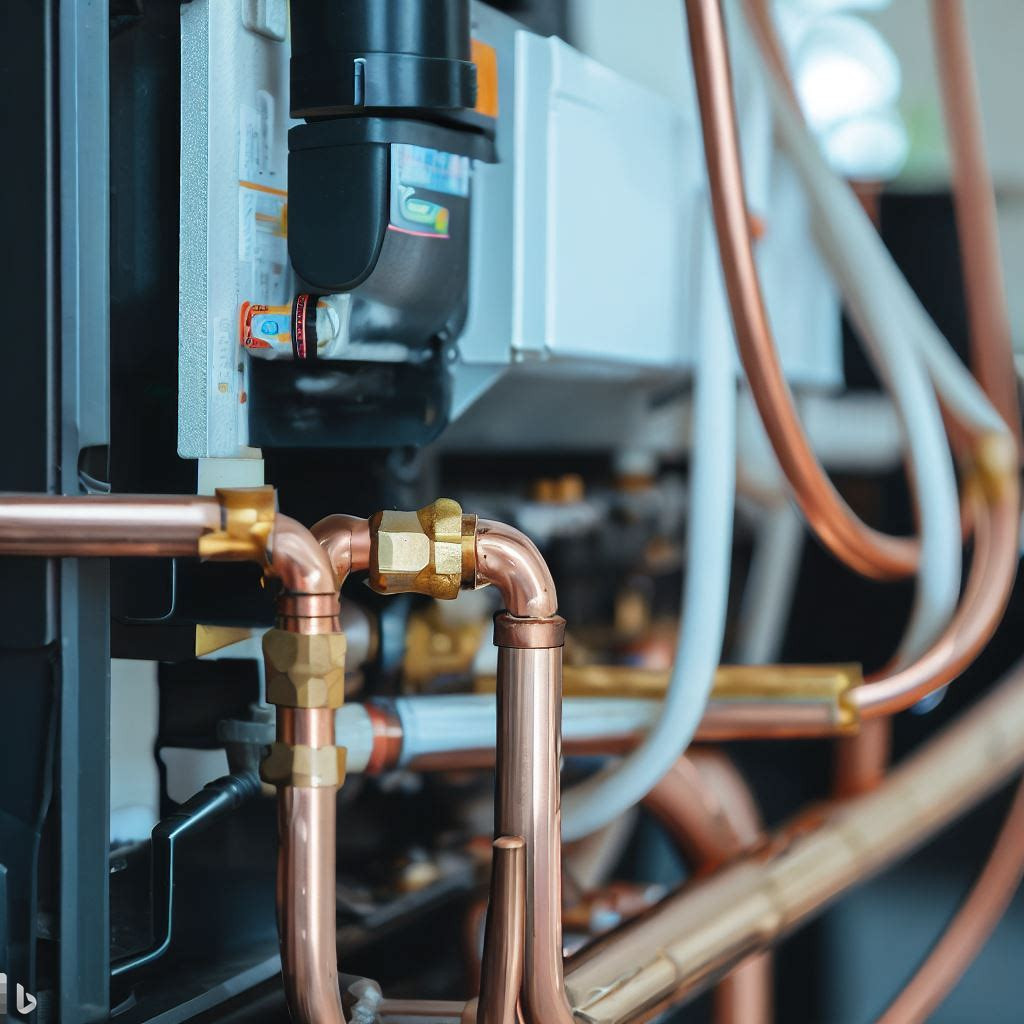
Understanding the Importance of Liquid Line in HVAC Systems
In the realm of HVAC systems, each component plays a crucial role in ensuring efficient and reliable performance. Among these components, the liquid line holds a significant place.
As an essential part of the refrigerant circuit, the liquid line plays a pivotal role in the proper functioning of air conditioning and refrigeration units.
In this blog post, we will delve into the significance of the liquid line in HVAC systems, its functions, and the impact it has on overall system performance.
What is the Liquid Line?
The liquid line is a critical component of the refrigerant circuit, responsible for transporting high-pressure liquid refrigerant from the condenser to the evaporator. It serves as a vital link between these two major components, ensuring the seamless flow of refrigerant throughout the HVAC system.
Typically, the liquid line is made of copper or aluminum tubing, chosen for its durability and resistance to high pressure and temperature conditions.
Functions of the Liquid Line:
1. Refrigerant Flow Regulation: The liquid line acts as a conduit for delivering the high-pressure liquid refrigerant to the evaporator, where it undergoes a phase change and cools the surrounding air. Proper flow regulation is crucial to achieving optimal cooling efficiency and preventing refrigerant flooding in the evaporator.
2. Subcooling: The liquid line is designed to maintain a slightly subcooled state of the refrigerant. Subcooling refers to cooling the liquid refrigerant below its saturation temperature, which helps enhance the system's heat transfer efficiency and ensures better refrigerant vaporization in the evaporator.
3. Pressure Maintenance: As the liquid refrigerant travels through the liquid line, it experiences a pressure drop due to friction and other factors. The liquid line's design considers these pressure losses to ensure that the refrigerant reaches the evaporator at the right pressure for efficient heat exchange.
Impact on HVAC System Performance:
The proper functioning of the liquid line is integral to the overall performance of an HVAC system. A well-designed and adequately sized liquid line contributes to the following benefits:
1. Enhanced Energy Efficiency: Proper subcooling in the liquid line optimizes the heat transfer process in the evaporator, reducing the system's energy consumption and enhancing overall efficiency.
2. Preventing Compressor Damage: An adequately sized liquid line helps prevent liquid refrigerant from entering the compressor, safeguarding it from potential damage caused by liquid slugging.
3. Reliable Cooling Capacity: The correct refrigerant flow regulation ensures that the evaporator receives the right amount of refrigerant, providing consistent and reliable cooling capacity.
Conclusion:
In summary, the liquid line is a vital component of HVAC systems, playing a crucial role in maintaining efficient and reliable cooling operations.
Understanding its functions and significance can help HVAC professionals design, install, and maintain systems that deliver optimal performance and energy efficiency.
Appli Parts takes pride in offering high-quality liquid line components and other HVAC parts to support professionals in achieving excellence in their projects.
For reliable and top-notch HVAC components, Appli Parts remains the trusted choice of industry experts worldwide.

.png)